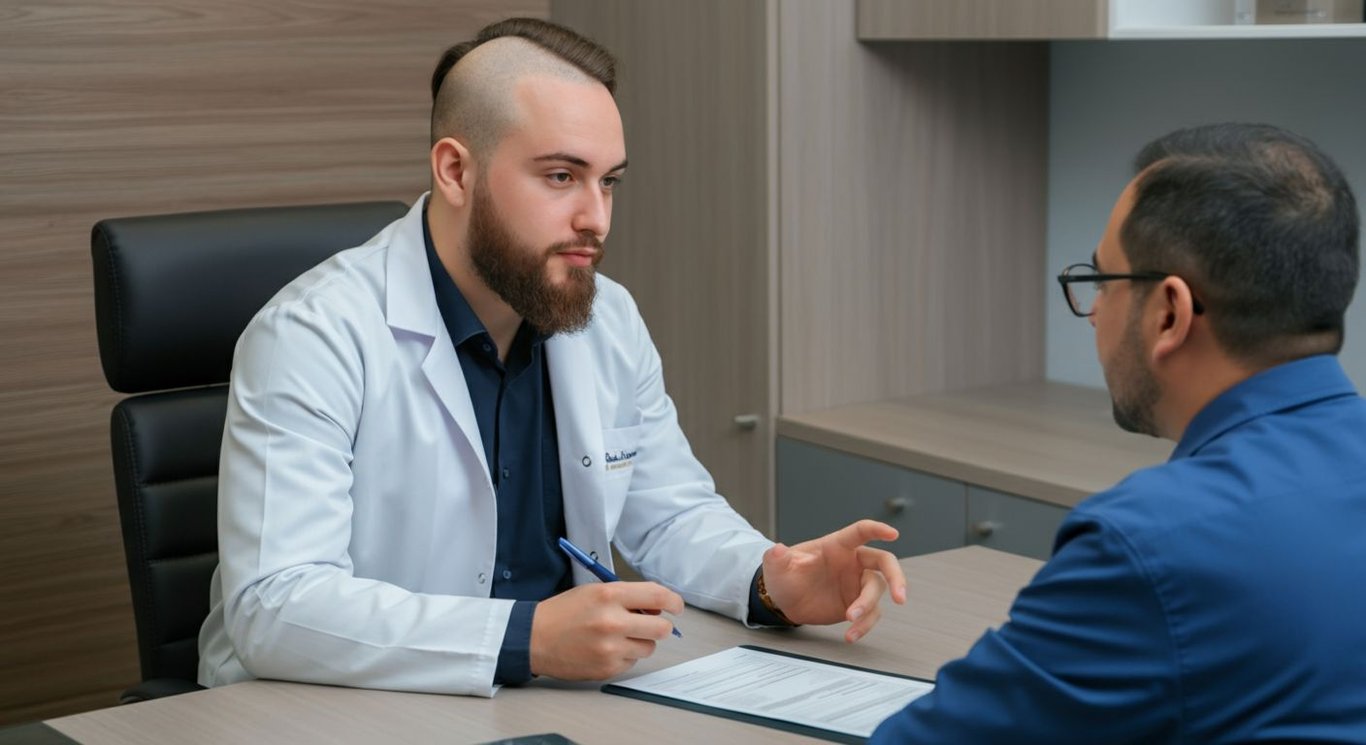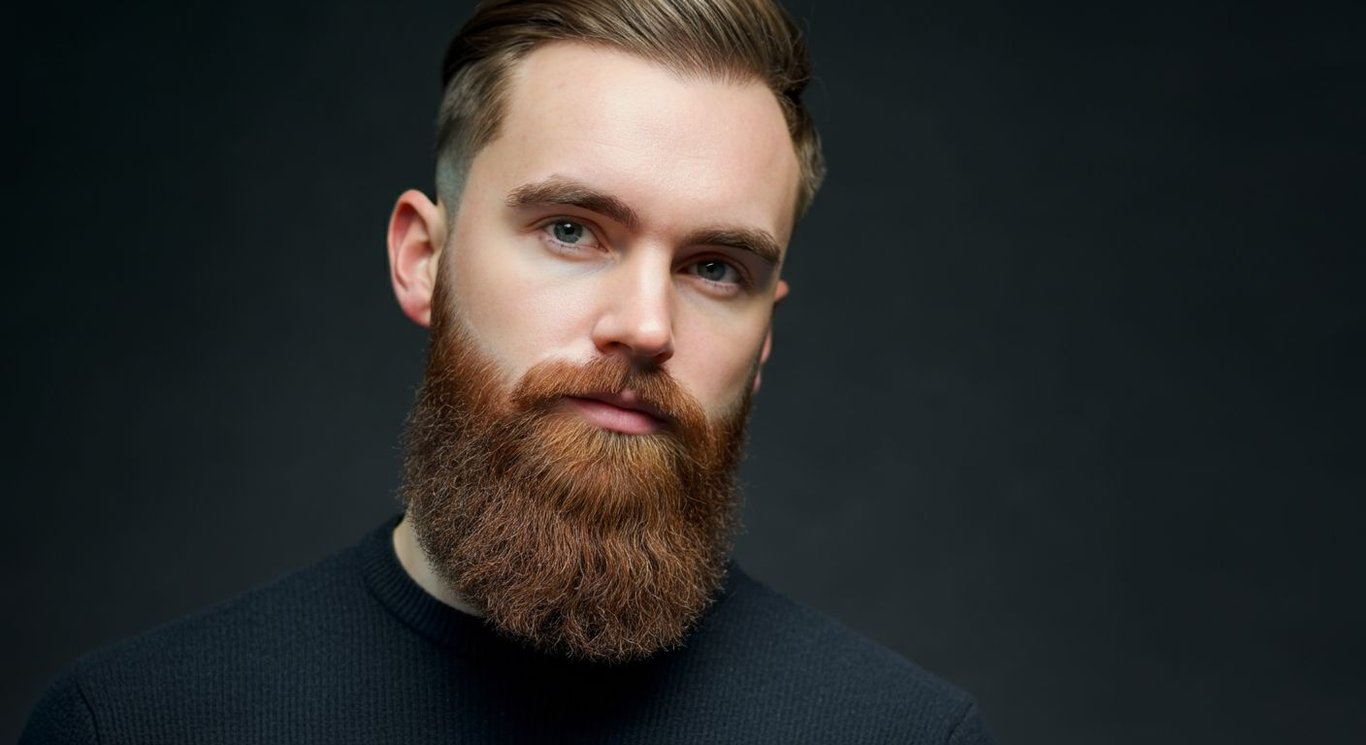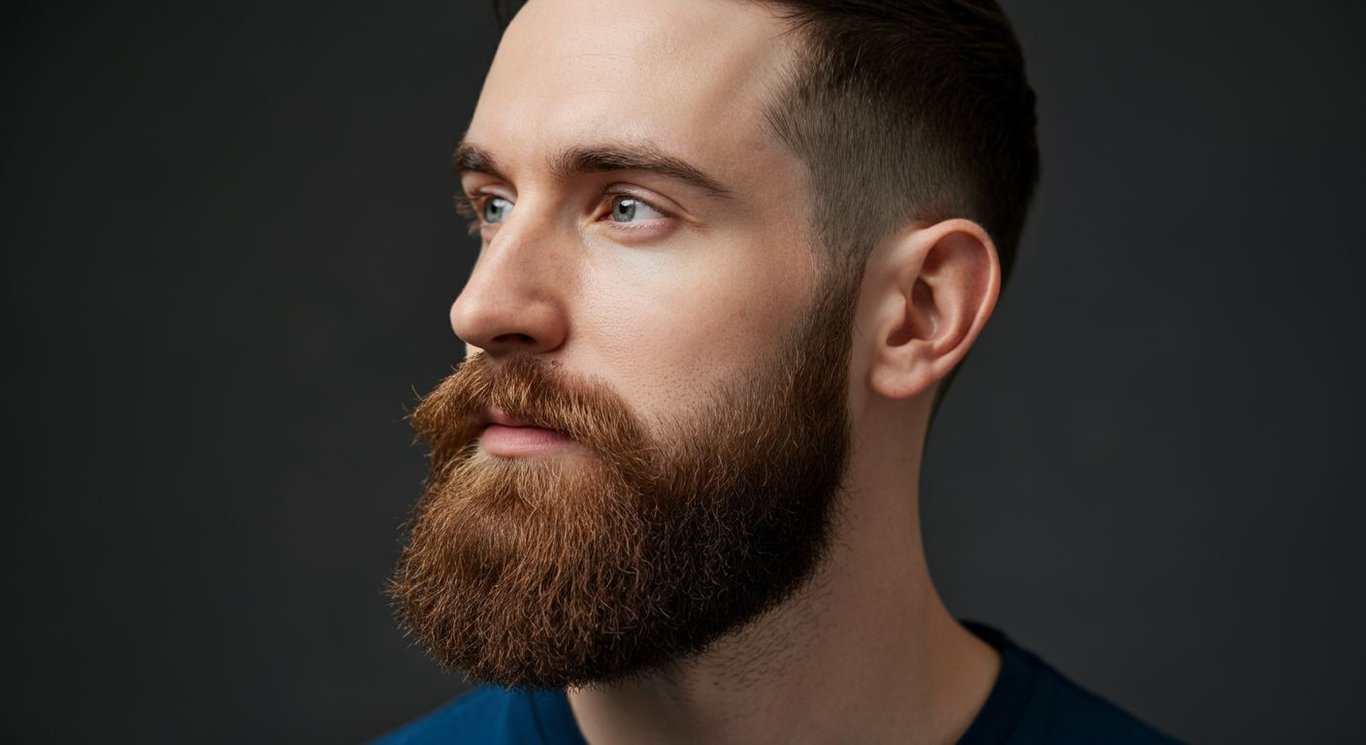Beard Hair Transplant: Grow the Beard You've Always Wanted
Discover how you can achieve a full, stylish beard with modern beard transplant techniques.
Facial hair has long been a symbol of masculinity, elegance, and style. However, not all men are blessed with a full, luscious beard. Whether due to genetics, hormonal factors, or skin conditions, the lack of facial hair can sometimes lead to a desire for alternative solutions. Fortunately, modern advancements in cosmetic surgery have made it possible to achieve the beard you’ve always dreamed of through a procedure known as a beard hair transplant.
Beard Transplant: Understanding the Basics of Facial Hair Restoration
Exploring the FUE Technique in Beard Transplants
The Follicular Unit Extraction (FUE) method has transformed beard hair transplant procedures, offering a minimally invasive approach with enhanced precision and natural-looking results. Unlike older methods that involved removing a strip of skin, FUE extracts individual hair follicles from the donor area, typically the back of the head where hair is genetically predisposed to resist balding. This extraction method leaves no linear scar, which is a significant advantage for patients who prefer shorter hairstyles.
During an FUE procedure, the extracted follicles are meticulously implanted into the recipient sites on the beard area, carefully considering the angle and direction of hair growth. The precision afforded by FUE allows for a highly customized and natural-looking beard that complements the patient's facial features. Patients benefit from this method due to its shorter recovery time. People typically can resume their normal activities shortly after the procedure.
Key Benefits of FUE Beard Transplants
- Minimal Scarring: FUE leaves tiny, almost invisible scars, making it ideal for those who want to avoid a linear scar.
- Natural Results: Precise follicle placement ensures a natural beard appearance.
- Quick Recovery: Patients often return to their normal routines within a couple of days.
The Timeline and Expectations for Beard Growth Post-Transplant
Understanding the growth timeline is crucial for individuals undergoing a facial hair transplant. Initially, the transplanted hair will shed within the first few weeks, which is a normal part of the process as the follicles adjust to their new location. New growth typically begins around 3-4 months post-procedure, with noticeable improvements in beard density and coverage.
Full results, where the beard achieves its final density and appearance, are usually visible within 12-18 months. Patience and adherence to post-operative care instructions are essential during this period. Factors such as individual healing rates, follicle quality, and overall health can influence the timeline. Setting realistic expectations and maintaining open communication with the transplant team are key to a satisfying outcome. Many people find that the enhanced beard significantly improves their facial aesthetics and self-confidence.
Steps for Optimal Beard Growth After a Transplant
- Follow Post-Op Instructions: Adhering to the surgeon's guidelines is crucial for initial healing and follicle survival.
- Maintain a Healthy Lifestyle: Proper nutrition and avoiding smoking can enhance hair growth.
- Protect the Area: Avoid direct sunlight and harsh chemicals on the transplanted area.

Beard Hair Transplant Techniques: FUE and FUT Explained
Comparing FUE and FUT Methods for Beard Transplants
When considering a beard hair transplant, understanding the nuances between Follicular Unit Extraction (FUE) and Follicular Unit Transplantation (FUT) is essential for setting appropriate expectations. One significant difference lies in the approach to harvesting hair follicles: FUE involves extracting individual follicles directly from the scalp, which promotes faster healing. FUT, on the other hand, requires removing a strip of tissue, leading to a longer recovery period.
The choice between FUE and FUT depends largely on the intended density of the beard and the patient's tolerance for scarring. FUE is often preferred for smaller areas or when patients wish to avoid a linear scar. Consulting with experts at estethica can help tailor the procedure to meet aesthetic goals, ensuring results that naturally enhance facial features. For example, someone needing slight adjustments would be better with FUE while FUT offers a great choice for someone looking for a fuller beard, quickly.
Factors Influencing Technique Choice in Beard Transplants
- Extent of Baldness: FUE is suitable for minor corrections, whereas FUT can address bigger bald spots by using a larger amount of grafts.
- Healing preference: FUE provides faster healing with almost invisble scars.
- Hair Characteristics: The method to be used varies depending on the thickness and density of the donor hair.
Ideal Candidates for FUE and FUT Beard Transplants
Identifying the ideal candidates for both FUE and FUT procedures is vital for achieving optimal outcomes. FUE is often recommended for younger patients or those with limited beard growth who are looking for subtle enhancements. This method is particularly beneficial for those who value minimal downtime and the absence of a linear scar. The localized approach of FUE makes it perfect for creating subtle enhancements.
FUT, conversely, suits individuals needing significant beard density or those with extensive bald patches. This method is more efficient for harvesting a larger number of grafts in a single session. Therefore, FUT is the favorable option for achieving dramatic transformations. For instance, someone who wants to completely reshape their beard might prefer FUT because of its efficiency in covering larger areas, which makes it a reliable solution for people wanting a thick, pronounced beard. At estethica, each patient's unique situation is carefully examined to come up with a personalized strategy that produces the best possible results.
Step by Step: Preparing for Beard Transplant Surgery
- Assesment: Individual assessment to determine the best approach.
- Planning: Map the area to determine transplant strategy.
- Procedure: Expert surgical execution (FUE or FUT).

Beard Transplant Before and After: What Results Can You Expect?
Realistic Expectations for Beard Transplant Outcomes
Undergoing a beard transplant at estethica can offer transformative results, significantly enhancing facial hair density and shape. Initially, patients consult with our skilled surgeons to align their expectations and craft a tailored plan. This collaboration ensures the procedure meets their unique goals, whether it involves filling patchy areas or creating a completely new beard style. The entire process is designed to provide results which will enhance the patient's facial appeal and improve their self-confidence.
Post-transplant, some redness and swelling are common, typically resolving within a week. New hair growth starts around three months, allowing patients to style their evolving beard. Full results are generally evident within nine months to a year, giving a fuller, more defined beard than naturally possible. Commitment to post-operative guidelines is crucial for optimal outcomes and a smoother recovery. For instance, proper care ensures that the transplanted follicles integrate well, and the new hair grows healthily, creating a beard that truly transforms the patient’s appearance and self-image.
Key Phases After Your Beard Transplant
- Initial Recovery: Manage swelling and redness with prescribed care.
- Early Growth: Expect shedding followed by new hair growth in months.
- Full Results: Achieve desired density and style within a year.
Maximizing Results Through Proper Aftercare Following a Beard Transplant
To ensure the success of a facial hair transplant, diligent adherence to post-operative care is essential. This involves gentle cleansing of the transplanted area to prevent infection, avoiding strenuous activities that could disrupt the newly implanted follicles, and potentially using prescribed medications to aid healing. Consistent care during the initial weeks can significantly influence the graft survival rate and overall aesthetic outcome.
Additionally, protecting the treated area from direct sun exposure and harsh chemicals is vital for maintaining the health and vitality of the transplanted hair. Regular follow-up appointments with the surgeon at estethica allow for monitoring progress and addressing any concerns promptly. For example, maintaining a healthy lifestyle that includes a balanced diet and avoiding smoking can further support hair growth and enhance the long-term success of the beard transplant, leading to a natural and appealing result. You can achieve a beard that not only looks great but also boosts self-esteem.
Essential Aftercare Tips for a Successful Transplant
- Gentle Care: Clean the area delicately to prevent infections.
- Avoid Strain: Refrain from heavy activities to protect grafts.
- Sun Protection: Shield the area from direct sunlight.

Is a Beard Transplant Permanent? Longevity and Maintenance Tips
Effective Strategies for Ensuring a Lasting Beard Transplant
One of the most common questions about beard transplants is their permanence. The good news is that, generally, beard transplants are permanent. Once the transplanted hair follicles are established in the recipient area, they continue to grow like natural facial hair. The success and longevity of a beard transplant largely depend on several factors, including the surgeon’s skill, the technique used, and the patient’s adherence to post-operative care instructions. Proper planning and execution of the transplant can ensure a natural and lasting result.
For long-lasting results, it is crucial to follow post-surgery care instructions meticulously. Patients should avoid touching the transplanted area excessively, sleep with their heads elevated initially, and refrain from shaving until the area heals properly. Regular check-ups with the transplant team at estethica can also help monitor the progress and address any concerns promptly. For instance, protecting the transplanted area from direct sunlight and harsh chemicals in the months following the procedure can significantly enhance follicle survival, ensuring the newly grown beard remains thick and healthy for years to come. The beard hair transplant gives confidence to people.
Key Steps to Maximize the Longevity of Your Beard Transplant
- Adhere to Post-Op Care: Essential for initial healing and follicle establishment.
- Protect from Damage: Shield the beard from sun and harsh chemicals.
- Regular Check-Ups: Monitor growth and address concerns early.
Long-Term Grooming and Maintenance for Beard Transplants
Furthermore, to maintain optimal beard appearance over time, regular grooming and possibly using specialized products like beard oils can promote healthy growth and provide lushness. Consulting with a specialist about maintenance is beneficial to ensure the longevity of the transplant. Consistent moisturizing with appropriate beard oils can prevent dryness and breakage, while regular trimming helps to keep the beard neat and styled, enhancing its overall appearance. You can extend the results of the facial hair transplant.
Adopting a skincare routine designed for facial hair can also support the health of the transplanted follicles. Gentle exfoliation removes dead skin cells, promoting better circulation and hair growth. Regular grooming habits ensure that the beard remains a prominent and aesthetically pleasing feature, contributing positively to one's overall look and self-esteem. Routine care enhances and sustains transformative and long lasting results.
Essential Products for Maintaining Your Beard Transplant
- Beard Oils: Keeps the beard moisturized, full and healthy.
- Gentle Cleansers: Clean transplanted area after surgery.
- Exfoliants: Helps to remove dead skin and supports beard growth.
Beard hair transplant provides a viable, long-lasting solution for those seeking to embrace the growing trend of facial hair aesthetics with confidence.
Precision FUE Beard Transplants for Natural Facial Hair Restoration
Comprehensive Post-Operative Care for Lasting Beard Transplant Results
Frequently Asked Questions
What exactly is a beard transplant and how does it work?
What are the main differences between FUE and FUT techniques for a beard hair transplant?
What results can I realistically expect after a beard transplant before and after the procedure?
Is a beard transplant permanent, and what maintenance is required to ensure longevity?
Achieve your aesthetic goals with estethica's expert guidance and personalized treatments.
📞 Schedule Your Consultation Today!